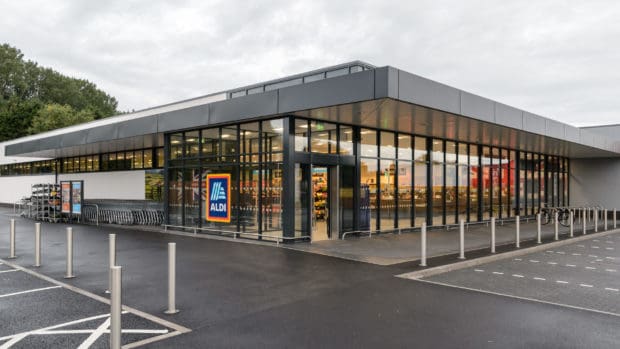Nearly two-thirds (63 per cent) of ‘digital experience’ professionals say their experiences are being let down by poor and outdated technology. That’s according to the latest data from digital experience intelligence platform FullStory.
FullStory’s research surveys 700 professionals responsible for building customer experiences online, including product teams, marketers and UX professionals. The global survey spans the USA, Germany, The Netherlands, Australia, Singapore, Indonesia and 100 ‘DX’ professionals from the UK.
According to the data, almost a third of DX professionals (30 per cent) say that siloed tools and disjointed data are causing multiple teams to replicate work, wasting time and leading to disconnected customer experiences.
Many of those surveyed are also unhappy with their existing tools, with 68 per cent agreeing that too many analytics platforms treat customers as nothing more than “numbers in a spreadsheet.”
To solve this, many brands have invested in additional tech, often simply building on what has come before. As a result, 66 per cent of those surveyed said there are tools in their DX stack that they have never used. A quarter (25 per cent) go as far as to say they rarely use “the majority” of their DX tools.
To address this issue, FullStory recommends adopting an ‘all in one’ approach for monitoring and managing the entire digital experience. As Andrew Fairbank, FullStory’s VP EMEA, explains:
“A poor digital experience can damage everything from user acquisition to customer loyalty, and even a brand’s reputation. Over the years, the market has become flooded with tools designed to address just one or two small parts of a brand’s digital experience (DX). As such, many businesses have ended up with disjointed technologies spread across multiple teams and all doing similar jobs. The result is siloed data, less informed DX strategies, and ultimately a worse experience for customers.
“Instead of piling more tools on top of each other, brands need to treat DX as a unified function with one ‘source of truth’ for data and insight. The future of this space will be single-platform solutions, built from the ground up as a cohesive platform designed to be that single source of truth, that span journey mapping, UX analytics, frustration signals, conversion tracking and more. Ideally these platforms should be used across product management teams, CX, engineering, customer success, marketing departments and more. That will be the key to better experiences, happier customers, and increased revenue.”
This approach is already gaining traction, with 61 per cent of DX professionals planning to consolidate their technologies and 68 per cent investing in a centralised DX analytics platform.








Share